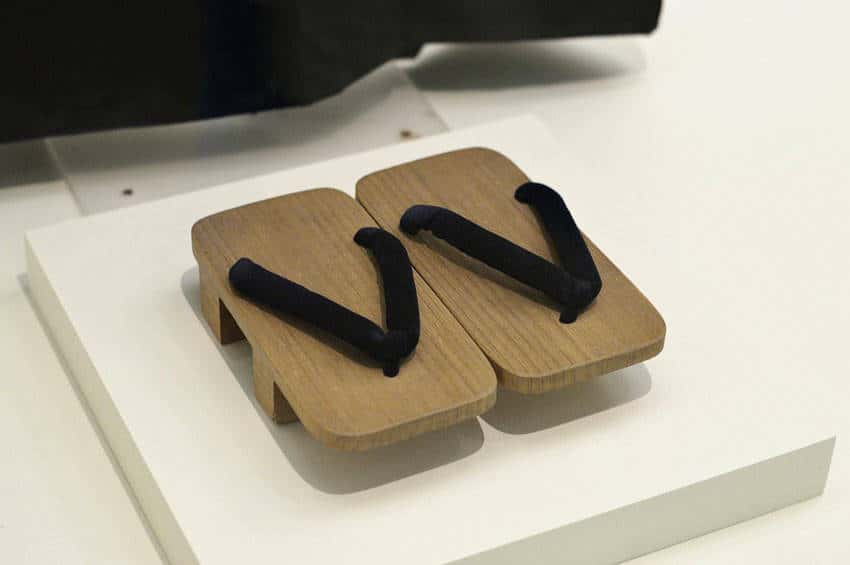
Have you ever wondered why Japanese don’t wear shoes inside? Well I did. And it’s funny because I’ve always seen in anime people taking off their shoes all the time and I didn’t understand why they did it. I mean, it’s kind of normal to take your shoes at home, but in restaurants? This is kind of new. So I started doing some research because, when you travel to Japan, you do want to respect culture and avoid some faux-pas with the Japanese shoes etiquette. I found that when you get the principle, it is easy to understand when you should take off your shoes or not. And also how to do it. Yes, there’s a specific way to take off your shoes in Japan, and you probably weren’t expecting that. But, we’re talking about Japan, and if they did things like everyone else, we wouldn’t be so fascinated about this amazing country.
So why do the Japanese take off their shoes? The Japanese take off their shoes for cleanliness. Traditionally, the Japanese ate meals sitting on tatami mats instead of chairs, and they rolled out the futon to sleep on tatami floors. As they are very close to the floor, it’s not ok to bring the shoes into the house, which would result in a dirty floor.
Seen this way, it seems logical to take off your shoes when you enter a house, but, as usual, things are not that simple in Japan. Yes, not only do you have to take your shoes off, but you have to change into slippers. And there are different slippers for different rooms, and rooms where even slippers can’t be used, and you have to enter barefoot or with socks… I guess you get the idea: it’s complicated! Now let me help you understand a little better how this shoe thing works so you won’t feel lost when you visit Japan.
The Japanese Slipper Mania
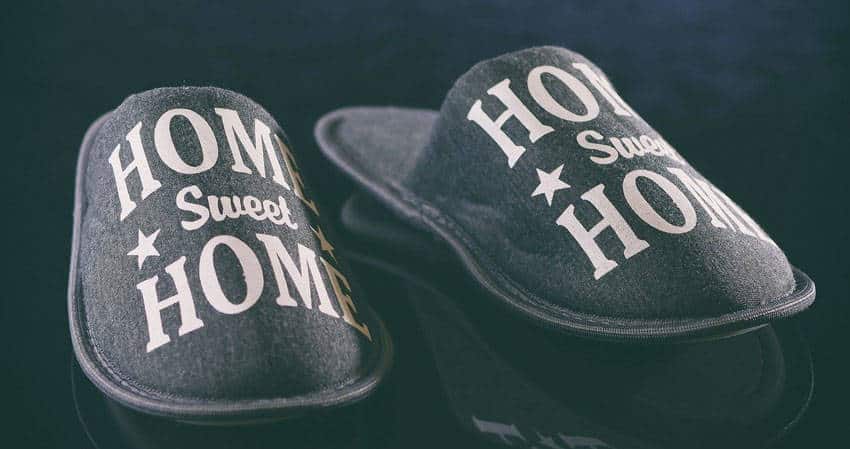
As I briefly told you before, when you enter a traditional Japanese house, you take off your shoes and put on a pair of slippers. This is the easy part, and it is logical, especially during rainy days. Even in your own country, I guess you will naturally take off your shoes.
When you take off your shoes, you switch to a pair of house slippers because it’s more comfortable, and will keep your feet warm. Nothing really extraordinary, right?
Then, things start to get complicated.
The slippers you’re using in the house aren’t meant to be used in all the rooms. Wait, what? Yes, you read that right. If you need to use the bathroom of a traditional Japanese house, chances are that there will be another pair of slippers waiting for you. For the Japanese, the bathroom floor is not considered as clean as the rest of the house, so you have to change slippers. Of course, once you finish your business in the bathroom, you have to switch slippers again.
Hey, check out these recommendations I have for you!
Before going any further, take a look at some of the recommendations I've handpicked for you. I think these are essential items you should have on your trip to Japan. You can check them out and buy them directly from Amazon.
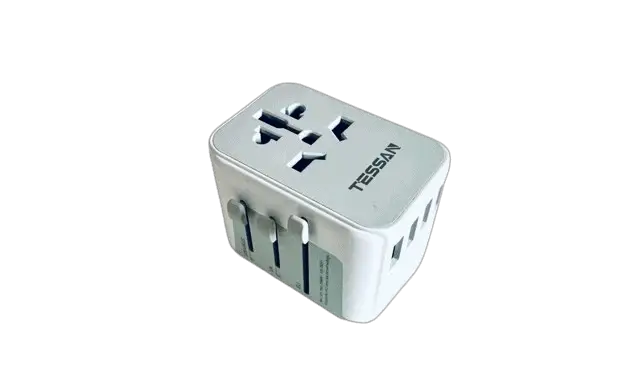
|

|

|
| A universal travel adapter | A 10,000 mAh power bank | A travel adapter and converter |
Please, don’t leave the bathroom with the toilet slippers on because you will shock your Japanese friends. Now, let’s move on to the next pair of slippers.
Wait, there’s more?
Yes!
Get all the cool spots and tips for a fun trip to Japan. It's free!
Get My Japan Guide
Because some Japanese homes have beautiful gardens outside, or even those with just a small balcony, you are expected to change slippers again. Yes, house slippers don’t go into the house balcony or garden because it is outside. In Ryokan (traditional Japanese inns), you are expected to wear wooden sandals called Geta (you have an example of these sandals on Amazon) for your short walks in the Ryokan garden. Usually, you will be given some Japanese socks to wear with the wooden sandals.
The only exception to this slipper mania is a tatami room. Tatami is the traditional Japanese flooring that you will find in most houses, or probably all Japanese houses. This kind of floor is not easy to clean so, in rooms with tatami floors, you don’t use shoes, but you don’t use any kind of slippers either. You can only enter tatami rooms using socks, or barefoot.
You probably already have an idea of what a tatami floor looks like, but just in case, there’s also an example on Amazon. If you look at it closely, you’ll understand why the Japanese don’t wear shoes on tatami floors. It is kind of fragile, so barefoot or socks are the best (only) option.
At the end of this post, you will find a short video about this slipper mania if you want to have a clear idea of what you just read 🙂
Places in Japan Where You Should Take Off Your Shoes
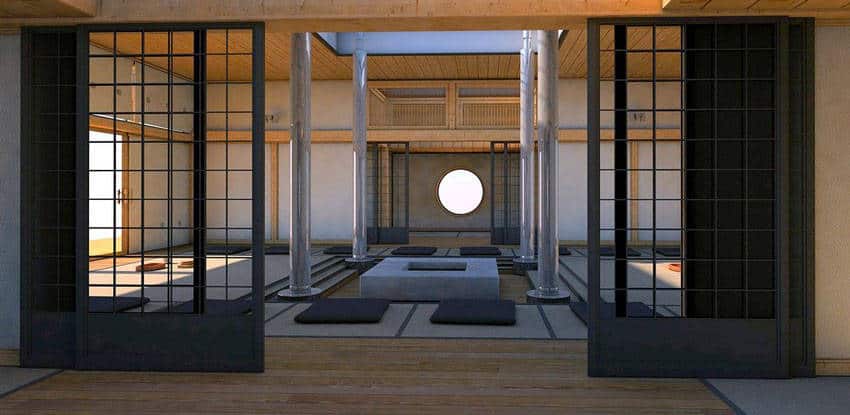
Even if the Japanese love to take off their shoes, you don’t have to take off your shoes in every single place you visit in Japan. I’m going to list the most common places where you will have to remove your shoes, so you can prepare yourself before your travel.
The most common places in Japan where you’ll need to take off your shoes are:
- A person’s house: usually there’s a level difference at the entrance. This is where you’ll take off your shoes, and we’ll see later the right way to do it.
- Traditional restaurants: those with low tables. And there’s also a level difference at the entrance.
- Inside Shrines and temples
- Tea Ceremony rooms
- Onsen (Japanese hot springs) and sento (public baths)
- Some traditional stores
Signs in Japan That Tell You “You Should Take Off Your Shoes”
I know that most of you must be confused about all this shoe thing in Japan, and I must confess that it took me a while to understand when and how should I take off my shoes in Japan. Luckily, some signs in Japan will help understand if you are going to face a shoe problem or not.
First, if there’s a genkan then you have to take off your shoes. The genkan (玄関) is the Japanese traditional entrance, right after the front door. It is a small area, different from the rest of the house, made for taking off your shoes, and it’s considered “outside”. After the genkan, there’s a 3-centimeter step up where the “inside” starts. The genkan is not only seen in houses but also in traditional restaurants, ryokan, onsen, etc.
Another sign in Japan for taking off your shoes is the presence of shelves at the entrance. If you see lots of shelves, especially with shoes inside, then it is clear that you are expected to remove your shoes.
In some places, like restaurants, shelves can be replaced by lockers. If you see lots of lockers at the entrance, it is also a sign.
In addition to all these signs, it is not uncommon to see slippers laid out. Lots of slippers everywhere is the best sign you can get 🙂
Insider tips for your Japan trip. Quick, easy, and free!
I Want This
Ultimately, if you see tatami floors, then you know that you have to remove your shoes and slippers too.
The Correct Way to Take Off Your Shoes in Japan
Now that you are an expert in knowing when to take off your shoes in Japan, let’s move on to the next challenge: how to take off your shoes.
There is a very Japanese way to handle all this shoe thing, and even something as simple as taking off your shoes can become a real challenge in Japan. I’ll explain to you briefly the right technique, but if you are more into visual explanations, you can skip right to the next video. It will show you what you should do and what you shouldn’t do.
As we saw before, after passing the front door, you will find the genkan area. This area is made for taking off your shoes (and also for putting your shoes on when you’re leaving).
When taking off your shoes, your feet or socks must never touch the genkan floor. Instead, you should step up right onto the next level and put on your slippers if available (otherwise, just enter with your socks or barefoot). Before going inside, make sure you twist your shoes so that they are facing the door, which is very practical when you leave.
After your visit, you will want to put your shoes back on using the same technique.
Remove the slippers and put them back where you got them. If they were on the floor, twist them for the next person (facing the inside, not the front door). You can sit on the step to avoid falling while putting on your shoes. And avoid touching the genkan floor with your socks because they will get dirty (and the inside of your shoes too). This can be embarrassing if you are visiting another person right away without changing socks.
I hope this video helped you understand how things work in Japan regarding shoes. And there’s also another video explaining a little more about the slipper mania in Japan, as I told you before.
If I can give one last piece of advice for your travel, make sure you always have clean socks in Japan because you’ll be taking off your shoes a lot. Also, check if they don’t have any holes in it before traveling. The best thing is to buy new socks for your travel, just to be sure. And if you want to get into the Japanese kawaii fashion, you can buy socks with cute Japanese patterns from Amazon.

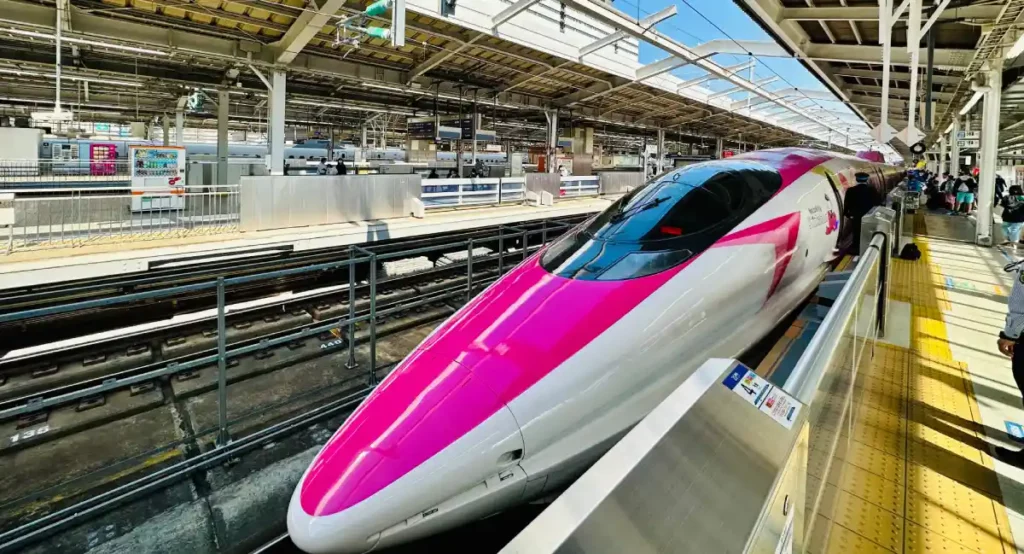
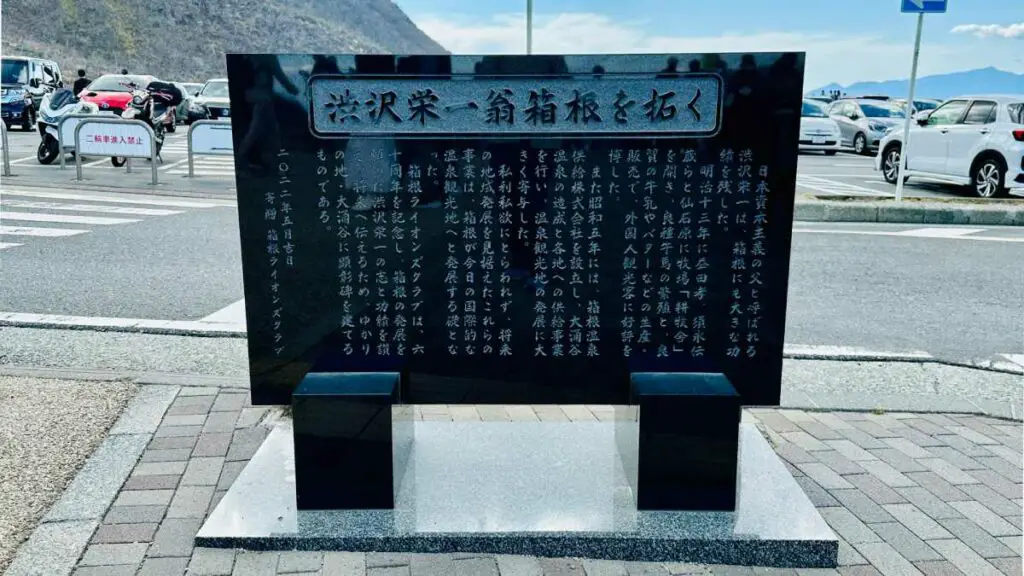
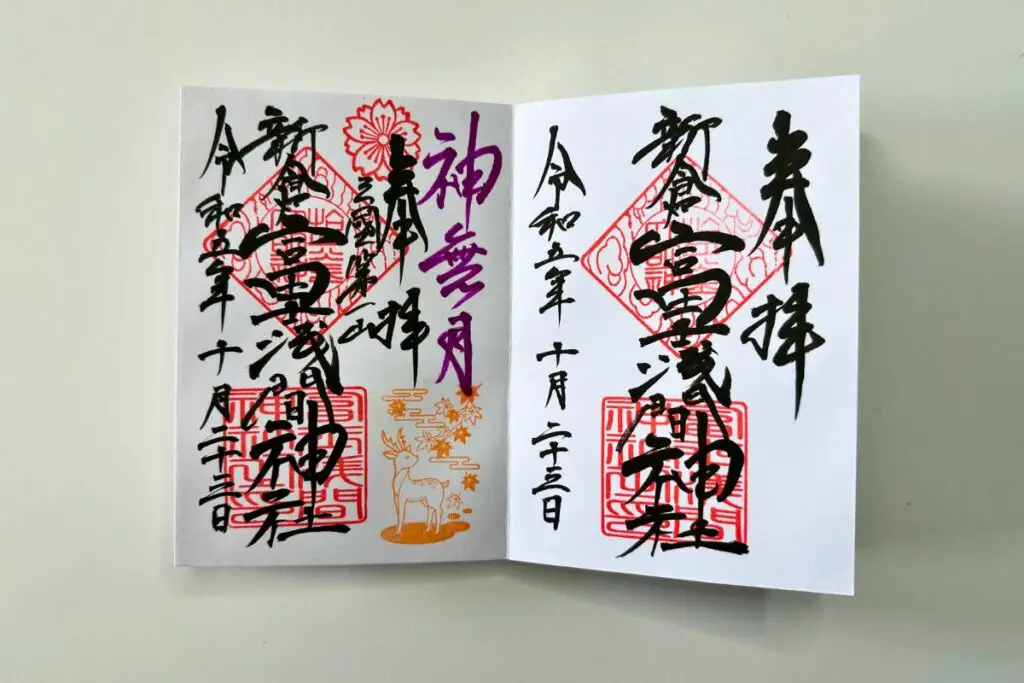
Great advice about the shoes. I watch a lot of manga and have this question in my mind for a long time. Your great explantation cleared this question. Thanks a lot and please que the good work.!!!